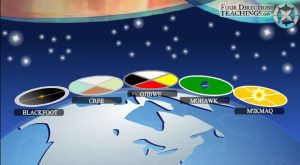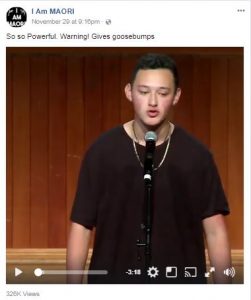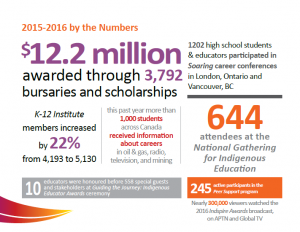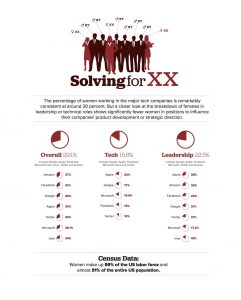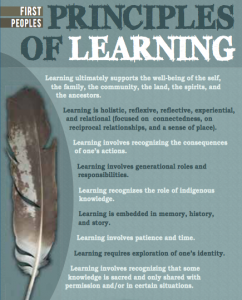Aboriginal Nations Education Division (ANED) for School District 61
So many amazing resources from my school district’s Aboriginal Education team. You can find pretty much anything you want here, or use this website as a launch point to bring authentic, Indigenous knowledge into your classroom or workplace.
Having said this, I found this resource on this site, that was developed by the BC government in 2006. It targets Kindergarten through Grade 10, and for the most part, looks like a useful document. However, when searching for material for my ETEC 521 paper, I did uncover something that did not sit well with me on p.82. It suggests that in Mathematics 10, that educators and students research the statistics surrounding Aboriginal graduation rates. Although graduation rates have been slowly improving over the years, they are still below the provincial average. An exercise such as this will consequently perpetuate stereotypes amongst non-Indigenous students and potentially send Indigenous students harmful messaging. This document was produced by the Ministry of Education, who used Indigenous community members and educators to assist with its creation, however, at the end of the day, the MOE was the entity in charge of the final product. Who was the person who added this terrible idea to a government resource? In general, it is difficult to find culturally responsive material for academic Math 10, so did somebody “pad” this section without being informed? I find it very difficult to believe that any Indigenous person would think that this was a good idea!!
Four Directions Teachings
Click on the image to go directly to this interactive website that shares Indigenous knowledge from five First Nations from across Canada. Drumming, storytelling, sound effects and beautiful graphics are clearly shared and described in these teachings. Be sure to spend time with the Teacher Resource package that is linked on the first page, as well. My only disappointment is that the Coast Salish was not included in this resource, as this would help my non-Indigenous students connect more to the land that they live on and to the people who were here before colonization. Barring that, this seems to be a great site for not only learning about specific Nations, but to also dispel stereotypes that promote pan-Indigenous homogenization.
Victoria’s booming shoebox campaign part of “reconciliaction”
This article was recently posted in the Victoria News, a local, community newspaper. A family of Metis heritage has started a campaign that creates shoeboxes filled with age appropriate gifts for Indigenous youth who presumably are living in poverty conditions, north of Smithers, BC.
Having grown up in a state of lower, lower middle class myself, I think that I would have loved to have received a shoebox full of trinkets as a child. Sometimes when I was young, I did not think that anybody cared about me, and that I was more of a hassle, than anything else. I would imagine that Indigenous youth, in isolated towns, who may not have a heck of a lot to do or to live on, would be prone to feeling this way, as well. Suicide rates in some communities, definitely exemplify this sentiment, in the worst possible way.
So my hat goes off to these young girls who are not only filling shoeboxes and but rallying others to do the same. We all need to feel like somebody cares about us, that is the TRUTH!
However, is it fair for the editors of the newspaper to make a play on words, turning “reconciliation” to “reconciliaction”? Hmmm… that part is not sitting well with me. Is it not the government’s role to “reconciliact”? It seems to me that this family is NOT enacting reconciliation via their noble campaign. True, they are addressing the oppressive, harmful effects that colonization has had on Nations and their people. But this is not reconciliation…
What does reconciliation mean to you?
So what does reconciliation truly mean? Here are six individuals perspectives from a 2016 CBC article. Spoiler alert: none of them mentioned shoeboxes…
This.
My Kiwi Godfather posted this on his Facebook feed this week and I had to share.
“Colonization has forced stereotyping
To become a household name
Which resides under our beds
Becoming the monsters that we are now scared of.”
The raw talent of Kia Kaha is unreal and inspirational. When students are given the freedom to have their voices heard, powerful, life changing moments can and will transpire.
